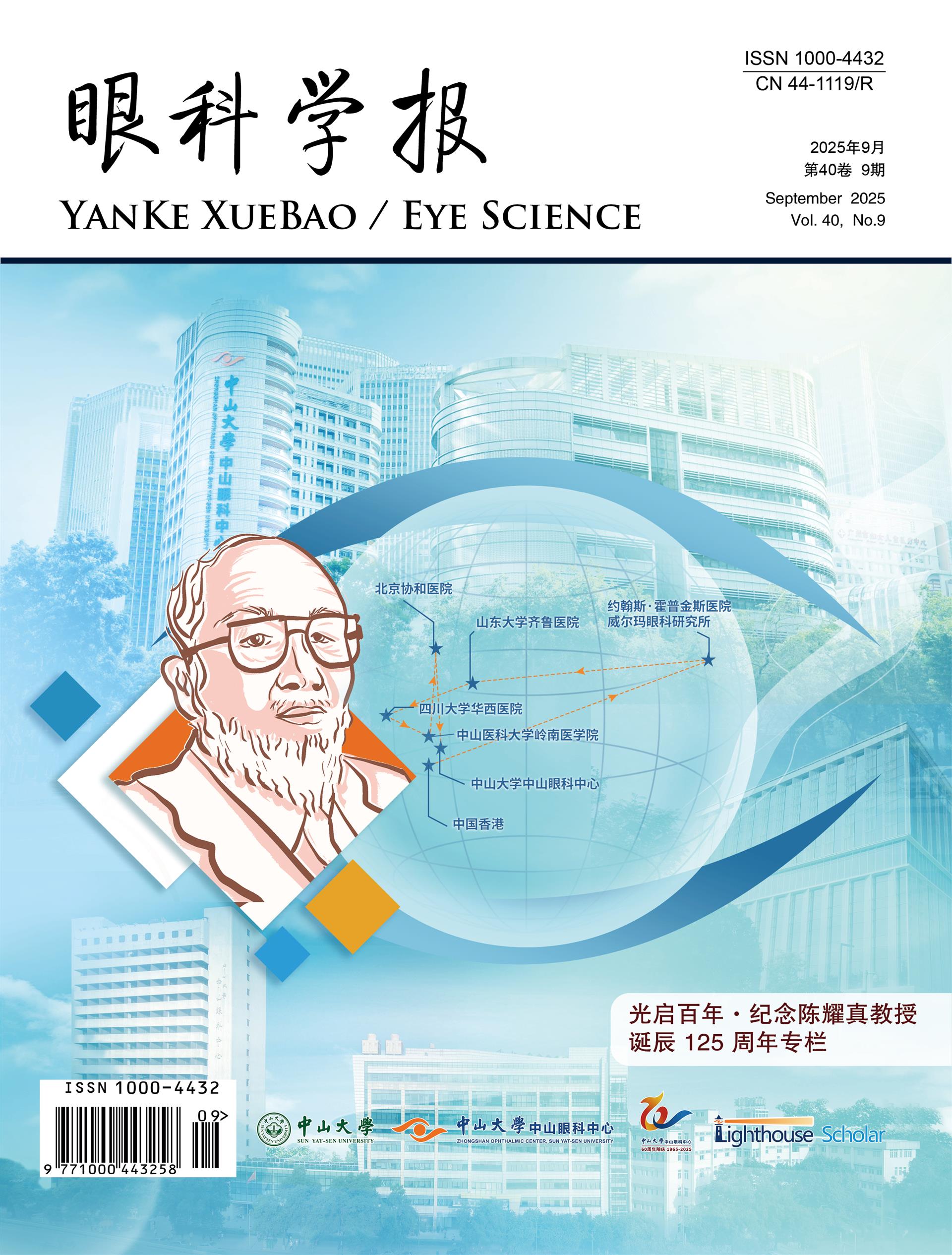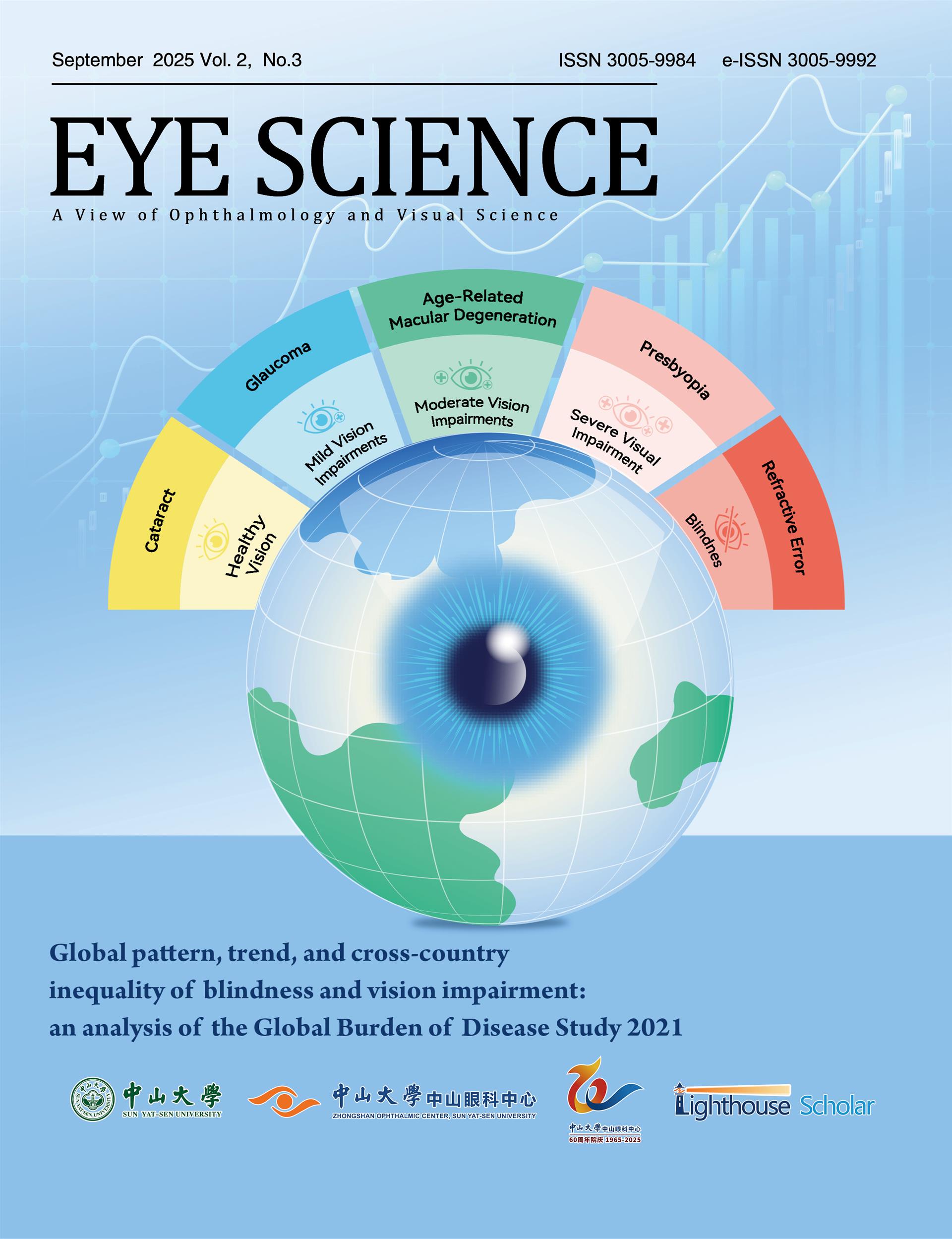Objectives: To evaluate the performance of orthokeratology (ortho-k) lens reordering using software-designed system, so as to determine the feasibility of ortho-k lens reordering without discontinuing lens wear. Methods: This study is a retrospective analysis of data of ortho-k lens wearers who had a history of short-term discontinuation of lens wear. A total of 94 individuals aged over 8 years with spherical equivalent refraction ranging from -0.50 to -6.50 diopters were included. The corneal topography data at baseline (before ortho-k) and after lens wear discontinuation (cessation of ortho-k treatment) were imported separately into the lens-design software, along with corresponding refraction data. Subsequently, corneal and lens parameters were generated and compared. Intraclass correlation coefficients (ICC) were calculated, and Bland and Altman analyses were conducted. Results: All 94 children were involved in the retrospective analysis. Compared with baseline data, there was a high level of consistency between Rwo (without discontinuation) and Rwith (with discontinuation), with an ICC of 0.96 (P<0.001). Furthermore, the comparison of lens parameters generated by the Easyfit software between baseline and after short-term discontinuation showed a high degree of consistency, with all of the ICC values exceeding 0.90. Similar results were obtained using the WAVE software, as both ICC values and Bland-Altman plots demonstrated a high level of consistency in lens parameters between two conditions (nearly all data points fell within the 95% LoAs ). Conclusions: It is feasible to directly reorder new ortho-k lenses using software fitting approaches. However, further investigations are ncessary to validate their practicability in a clinical setting.

















